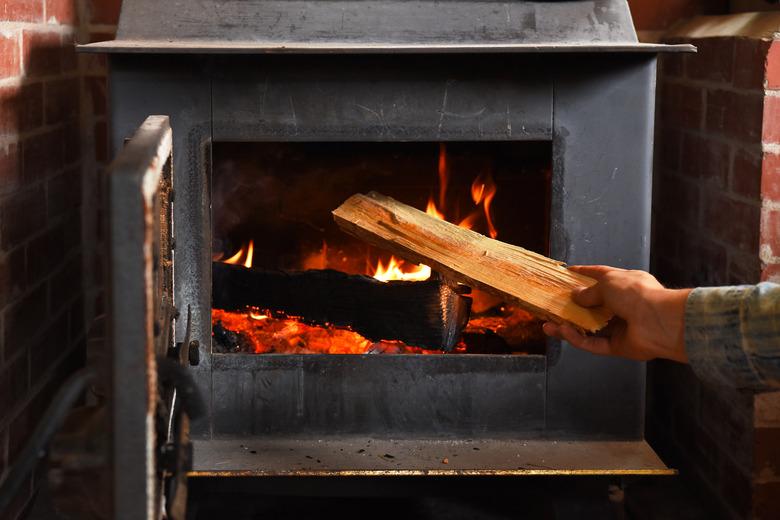How The Buck Stove Damper Works
Even without a formal masonry fireplace, you still can sit in front of a fire inside. A wood burning stove, such as those made by Buck, creates an enclosed fire spot for your home. These stoves connect to their own chimney for venting smoke.
One of the most important parts on these stoves is the damper. You cannot operate a Buck Stove without the damper. Understanding its function will help you to troubleshoot problems with the stove.
Buck Stove Bypass Damper
Buck stoves use a catalytic combustor to enhance the energy efficiency of the stove and reduce the amount of smoke produced. The combustor burns particles a regular wood stove would expel through smoke. This more complete burning increases the temperature the stove reaches.
There are seven materials that should not be burned in a Buck Stove; if they are, it will cause the catalytic combustor to be ineffective. Treated wood, coal, garbage, cardboard, solvents, colored paper and trash should not be burned in a Buck Stove.
According to the Buck Stove company, burning temperatures between 1200 and 1600 degrees Fahrenheit are normal. The bypass damper on a Buck stove controls the flow of smoke from the stove either to the flue or the catalytic combustor.
There are seven materials that should not be burned in a Buck Stove; if they are, it will cause the catalytic combustor to be ineffective.
Using the Buck Stove Damper
The damper should be fully opened when initially starting a fire in a cold stove. This directs smoke up the flue and protects the catalytic combustor from direct contact with flames. As soon as the fire reaches the light-off temperature (700 to 900 degrees F) to operate the catalytic combustor, the damper is closed to redirect the smoke to the combustor for more thorough burning.
When refueling a burning stove, be sure to open the bypass damper so that the smoke in the firebox can escape. Open the fuel door, slowly add wood in a north-south direction and close the door. Only after you've closed the fuel door should you close the bypass damper.
Buck Stove Manual Damper
Do not confuse the bypass damper on the Buck stove with the damper on your fireplace chimney. Some models of Buck stoves can be installed as a wood burning fireplace insert.
The manual chimney damper for your fireplace is used to close off the chimney during the off season to prevent birds and animals from getting inside. The bypass damper on the Buck stoves directs smoke through the catalytic combustor or past it, depending on the temperature of the fire.
Buck Stove Damper Problems
Burning problems in a Buck stove sometimes can be attributed to misuse of the damper. Leaving the bypass damper open after reaching temperatures to trigger the catalytic combustor will cause the combustor not to operate efficiently and the heat from the stove will be less than expected. Open the bypass damper whenever you need to open the door of a Buck stove to add more fuel. If you leave it closed, smoke will billow out into the room instead of up the flue.
